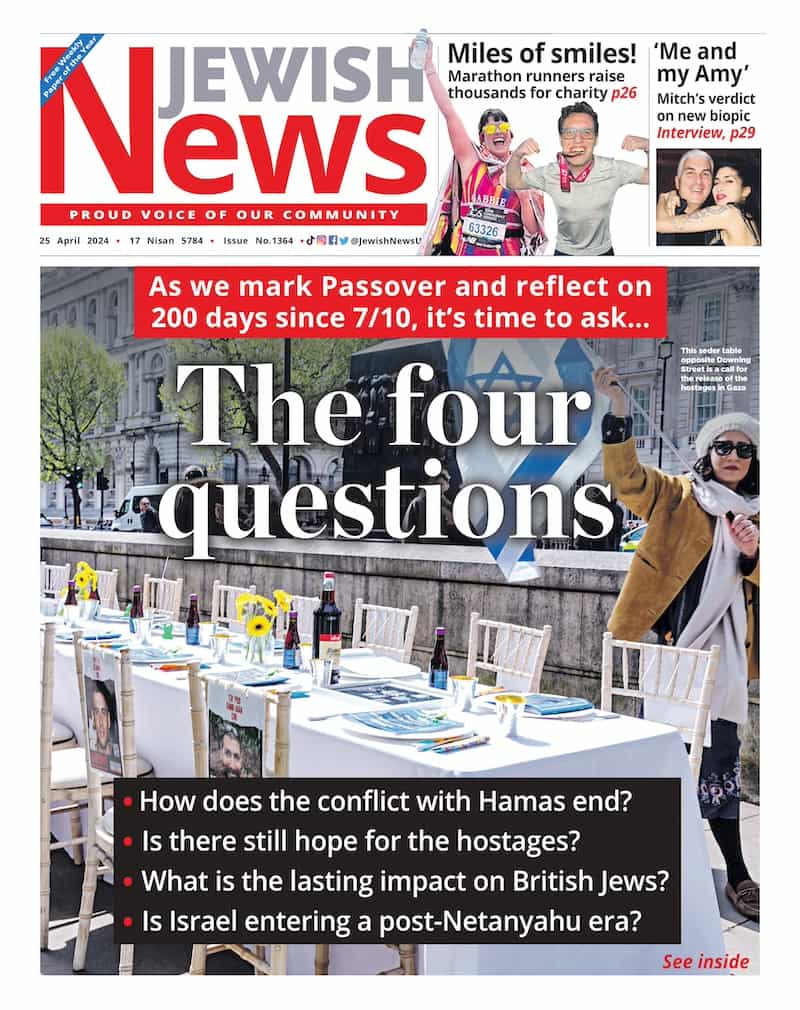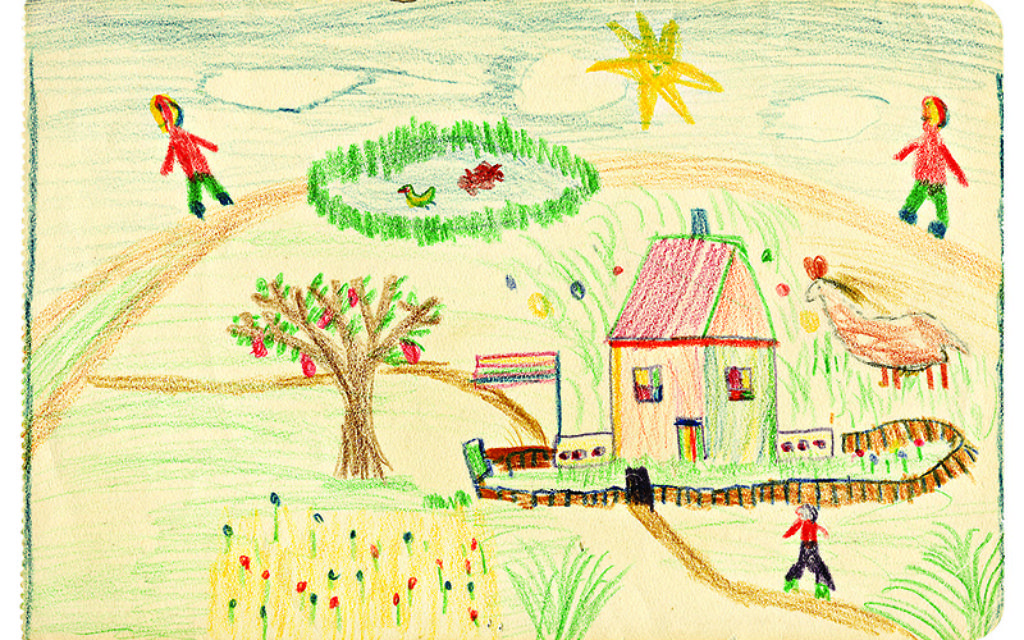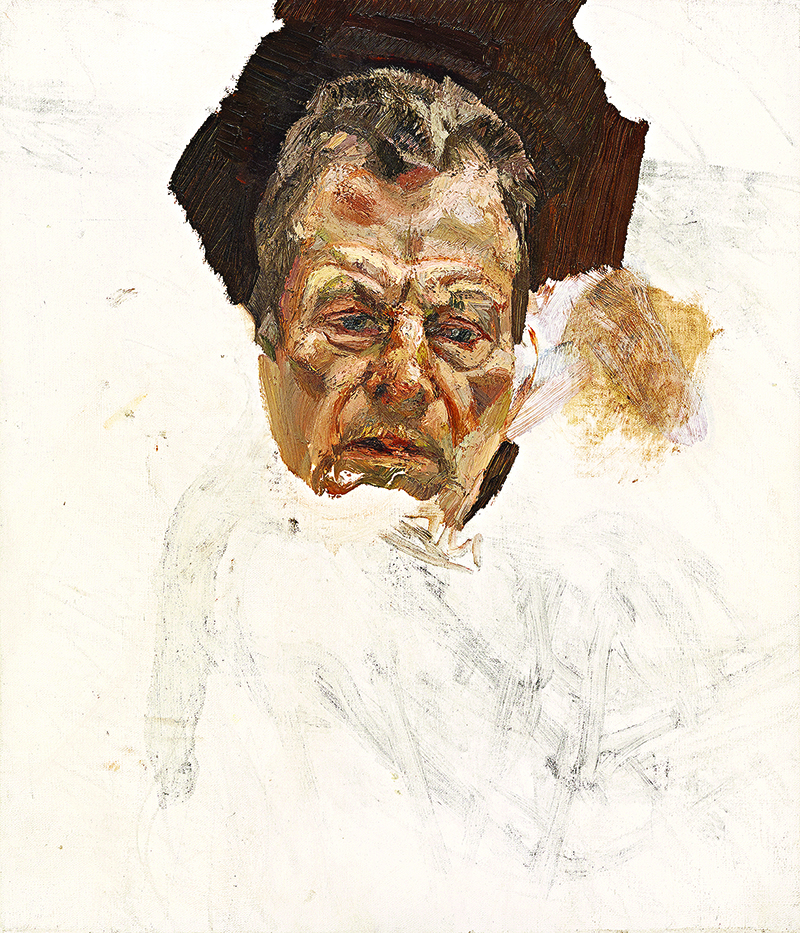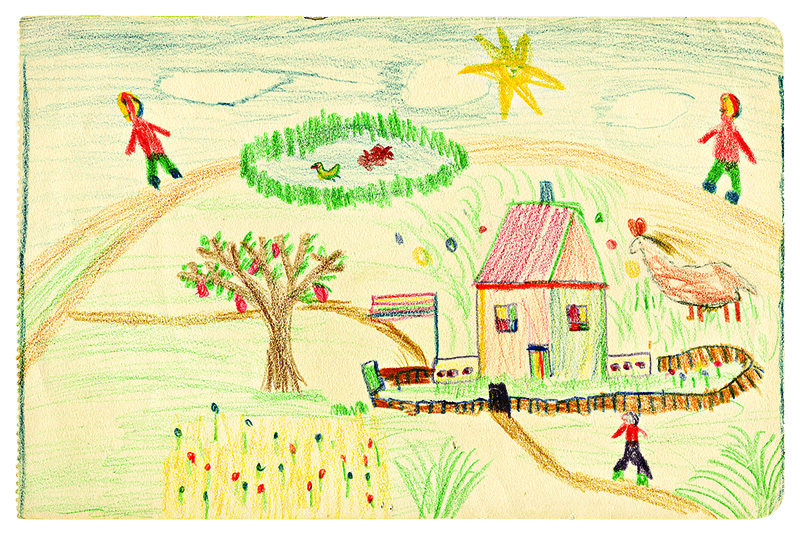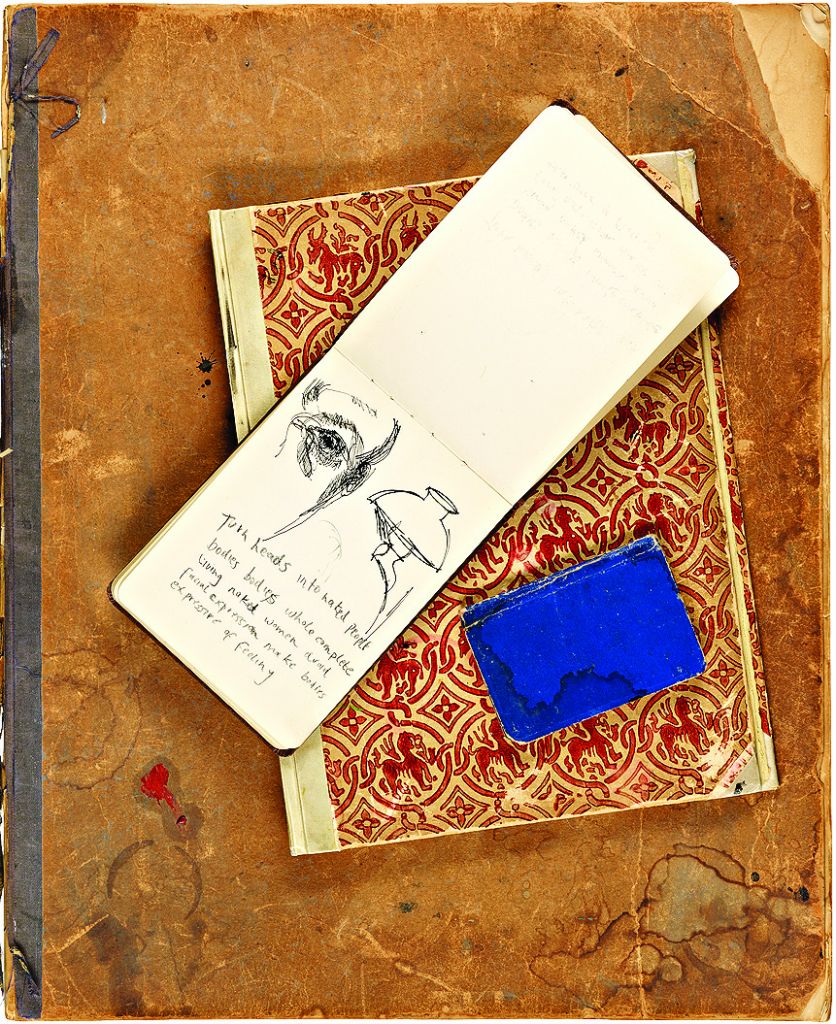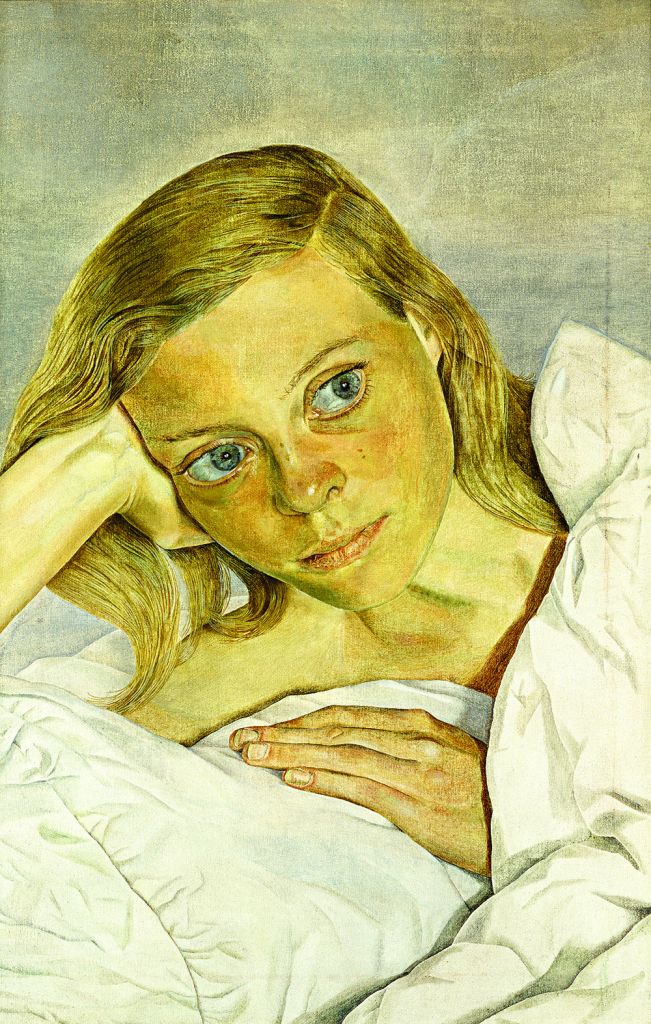Lucian and the birth of genius
Rebecca Wallersteiner visits a new exhibition examining the early days of the gifted Freud family’s unconventional and brilliant artist
Even as a child, artist Lucian Freud’s talent shone through in crayon sketches and pencil drawings, a fact not lost on his mother, Lucie, who lovingly kept them safe even as the family fled Nazi Germany in 1933.
Now this remarkable collection of 47 sketchbooks of 800 drawings, as well as the 162 drawings produced during Freud’s younger years, have gone on display for the first time at the National Portrait Gallery alongside a newly-discovered unfinished self-portrait from the 1980s.
Lucian Freud Unseen, which runs at the gallery until 6 September, comes five years after the artist’s death in July, 2011.
Get The Jewish News Daily Edition by email and never miss our top stories Free Sign Up
The collection was donated to the nation by the Freud family in a £2.9m gift to the gallery in lieu of inheritance tax.
Born in Berlin in 1922, Freud was the son of Ernst L Freud and the grandson of psychoanalyst Sigmund Freud. He was also the younger brother of Stephen, and disgraced broadcaster and politician Clement Freud.
The exhibition shows the childhood drawings in vivid colours reflecting Freud’s early passions for birds, trees and horses, which he continued to draw throughout his life.
His mother, after whom Freud was named, first encouraged her young son to draw and paint after discovering he was dyslexic.
Thanks to Lucie, who collected and annotated the drawings with their time and place, we can see the development of his extraordinary talent from early childhood onwards.
Some depict Freud as a child with his family and reveal much about the intimate life of the Freuds and their years as refugees adjusting to life in England.
As the favourite of Lucie’s children, the young boy was indulged. With her strong, rather severe features, she resembled him closely and his portraits of her are among his best.
The pair were close and Freud was a devoted son, despite his later reputation for misogyny and philandering.
Lucie was devastated when her husband, Ernst, died in 1970, as her whole life had revolved around him.
This led to a situation where, after his father’s death, Freud would collect his severely-depressed mother every morning and use her as his sitter in order to keep his eye on her.
Under his loving care, Lucie lived on until she was over 90. The display features an amusing letter written by Freud to his mother in a childish hand from post-war Paris, giving us an intriguing glimpse into their complex relationship.
Another highlight in the show is a drawing of the writer and Irish Guinness heiress Lady Caroline Blackwood, who became Freud’s second wife. This item relates to the artist’s earlier 1952 masterpiece Girl in Bed, which was painted in the Hotel La Louisiane while the couple were living in Paris.
They eloped a year later, ignoring furious disapproval from Caroline’s family, when she was aged just 22. The loaned canvas can be seen in the National Portrait Gallery’s 20th-century collection display on the first floor.
This oil painting’s painstakingly detailed brushwork, reminiscent of Dutch Old Masters, tenderly captures Caroline’s striking, natural beauty. You can almost see the reflection of Freud in Caroline’s soulful, saucer-sized eyes. The pair’s stormy marriage was dissolved in 1958 and she went on to marry two other fiery geniuses, the composer Israel Citkowitz and American poet Robert Lowell.
Lowell happened to be clutching this iconic portrait of Caroline when he had a sudden heart attack and died in a New York taxi in 1977.
Another gem on display is Freud’s sketch for the cover of Hideous Kinky, an enchanting novel written by his daughter, Esther, which was made into a film starring Kate Winslet.
It was based on the true story of Esther’s childhood adventures in Morocco with her older sister, Bella, after their free-spirited mother, Bernandine Coverley, another great love of Freud’s life, moved them to Marrakech in 1967.
Born to Irish-Catholic parents, Bernandine became a writer, poet and passionate gardener. Although she split up with Freud after her daughters were born, they remained on friendly terms. She died from advanced cancer just four days after Freud passed away.
Rounding off the exhibition is Freud’s previously-unseen self-portrait, thought to have been painted when the artist was in his 60s. It demonstrates his technique of beginning a portrait in the centre of a face, usually with an eye, and then working outwards.
Although Freud used himself as a model throughout his life he found it challenging and in 1992 remarked: “The way you paint yourself, you’ve got to try and paint yourself as another person. Looking in the mirror is a strain in a way that looking at other people isn’t at all.”
• Lucian Freud Unseen runs until 6 September at National Portrait Gallery, St Martin’s Place, London. Admission free. Details: 0207 306 0055 or www.npg.org.uk
A book accompanying the exhibition, published by the National Portrait Gallery, is available now, priced £18.95 (hardback).

Thank you for helping to make Jewish News the leading source of news and opinion for the UK Jewish community. Today we're asking for your invaluable help to continue putting our community first in everything we do.
For as little as £5 a month you can help sustain the vital work we do in celebrating and standing up for Jewish life in Britain.
Jewish News holds our community together and keeps us connected. Like a synagogue, it’s where people turn to feel part of something bigger. It also proudly shows the rest of Britain the vibrancy and rich culture of modern Jewish life.
You can make a quick and easy one-off or monthly contribution of £5, £10, £20 or any other sum you’re comfortable with.
100% of your donation will help us continue celebrating our community, in all its dynamic diversity...
Engaging
Being a community platform means so much more than producing a newspaper and website. One of our proudest roles is media partnering with our invaluable charities to amplify the outstanding work they do to help us all.
Celebrating
There’s no shortage of oys in the world but Jewish News takes every opportunity to celebrate the joys too, through projects like Night of Heroes, 40 Under 40 and other compelling countdowns that make the community kvell with pride.
Pioneering
In the first collaboration between media outlets from different faiths, Jewish News worked with British Muslim TV and Church Times to produce a list of young activists leading the way on interfaith understanding.
Campaigning
Royal Mail issued a stamp honouring Holocaust hero Sir Nicholas Winton after a Jewish News campaign attracted more than 100,000 backers. Jewish Newsalso produces special editions of the paper highlighting pressing issues including mental health and Holocaust remembrance.
Easy access
In an age when news is readily accessible, Jewish News provides high-quality content free online and offline, removing any financial barriers to connecting people.
Voice of our community to wider society
The Jewish News team regularly appears on TV, radio and on the pages of the national press to comment on stories about the Jewish community. Easy access to the paper on the streets of London also means Jewish News provides an invaluable window into the community for the country at large.
We hope you agree all this is worth preserving.
-
By Brigit Grant
-
By Laurent Vaughan - Senior Associate (Bishop & Sewell Solicitors)
-
By Laurent Vaughan - Senior Associate (Bishop & Sewell Solicitors)
-
By Laurent Vaughan - Senior Associate (Bishop & Sewell Solicitors)
-
By Laurent Vaughan - Senior Associate (Bishop & Sewell Solicitors)

